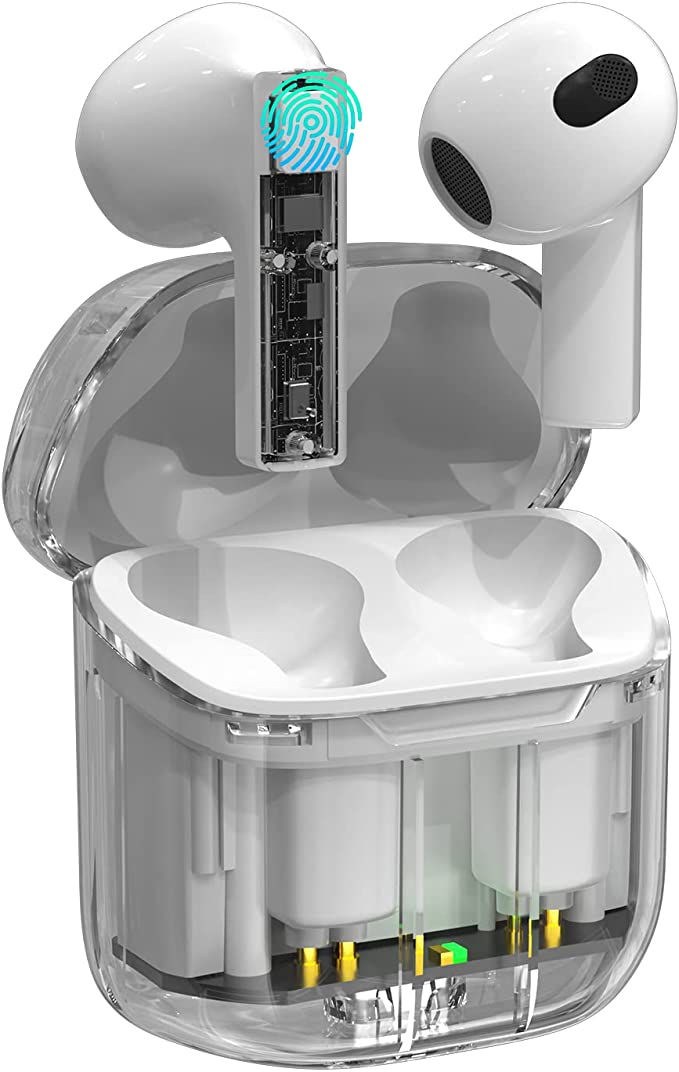The End of Energy Inventory: Why Your Water Heater Should Be Empty
Update on Dec. 22, 2025, 3:42 p.m.
In the logistics world, storing inventory is expensive. You pay for the warehouse, the insurance, and the risk of spoilage. Surprisingly, most homes operate their energy systems on this outdated model. The traditional tank water heater is essentially a warehouse for thermal energy, keeping 50 gallons of water hot 24/7, just in case you might need a cup of it at 3 AM. This is “standby loss”—the thermodynamic tax of inefficiency.
The transition to tankless technology, exemplified by the Opti27 Optimal Smart Electric Tankless Water Heater, represents a shift to “Just-in-Time” (JIT) energy management. It is not merely a plumbing upgrade; it is a fundamental restructuring of how a home consumes and manages power.

The Economics of Zero Inventory
A tank water heater operates on a cycle of heating, cooling, and reheating. It fights a losing battle against entropy, constantly bleeding heat into the garage or basement. The Opti27 eliminates this cycle entirely. By heating water only when flow is detected, it reduces the “energy inventory” to zero.
The economic implications are significant. While electricity is generally more expensive per unit than natural gas, the efficiency of use with an electric tankless system is nearly 99%. There is no flue loss (heat escaping up the chimney) and no standby loss. For a modern, airtight home, this efficiency aligns with broader sustainability goals and reduces the household’s carbon footprint. Furthermore, the “smart” capabilities of the Opti27 allow users to track this consumption in real-time via an app, transforming a passive utility bill into actionable data.
Smart Grid and Demand Response
We are entering the era of the Smart Grid, where appliances communicate with energy providers to optimize load. A 27kW heater like the Opti27 is a significant electrical load. However, its intelligence turns this potential drawback into an asset.
Through Wi-Fi connectivity, users can monitor usage patterns and potential diagnostics. In the future ecosystem of “Time-of-Use” electricity pricing, a smart tankless heater could potentially integrate with home energy management systems (HEMS) to prioritize heating during off-peak hours or sync with solar production peaks. It transforms the water heater from a “dumb load” into a responsive node in the home’s energy network.

Spatial Efficiency as Value
In urban architecture, square footage is the most expensive commodity. A traditional tank requires a dedicated closet, occupying 9-12 square feet of floor space. The Opti27, roughly the size of a briefcase, mounts on the wall. This reclaims valuable real estate, allowing architects and homeowners to convert mechanical closets into storage, pantries, or living space. This “spatial dividend” is often overlooked in the initial cost calculation but adds tangible value to the property.
Conclusion: The Modern Standard
The tank water heater is a relic of an era when energy was cheap and controls were analog. The Opti27 represents the modern standard: efficient, digital, and space-conscious. It proves that the best way to store energy is often not to store it at all, but to generate it precisely when needed.

















